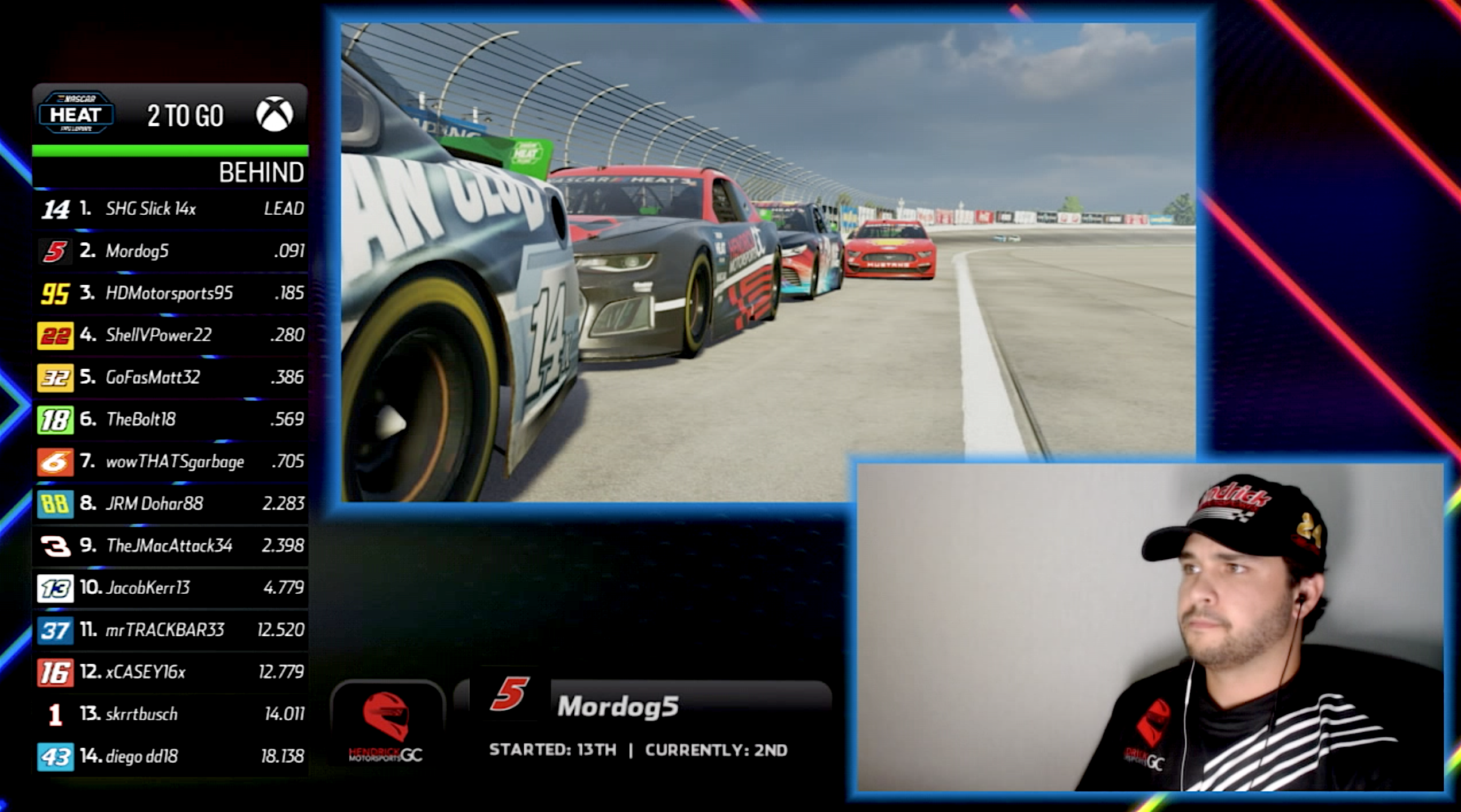In many ways, NASCAR feels like a good fit for esports. The views from the cockpit of a race car can be thrilling. It’s fast, and and mayhem can happen any time cars bunch up on the track.
While EA and 2K have been able to get esports for Madden and NBA 2K off the ground, NASCAR Heat publisher 704Games has had some trouble adapting stock car racing to competitive gaming. Part of the reason was technology — race courses a so much bigger than basketball courts and football fields, especially the road tracks at the 2.52-mile Sonoma Raceway.

Unlock premium content and VIP community perks with GB M A X!
Join now to enjoy our free and premium membership perks.
![]()

![]()